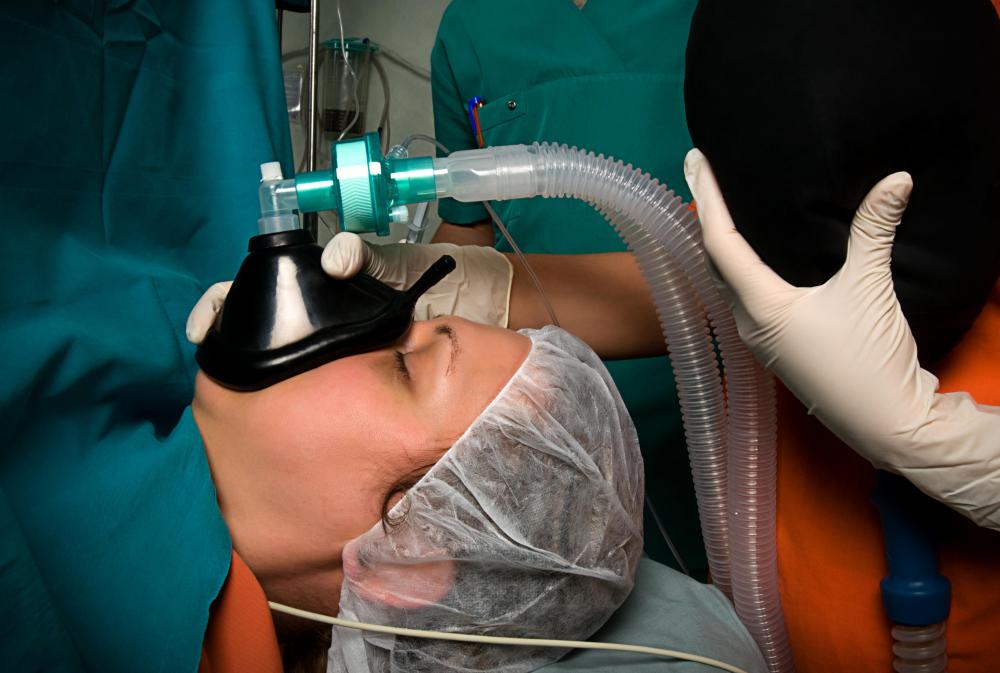At TheHealthBoard, we're committed to delivering accurate, trustworthy information. Our expert-authored content is rigorously fact-checked and sourced from credible authorities. Discover how we uphold the highest standards in providing you with reliable knowledge.
What is a Laparoscopic Total Hysterectomy?
A hysterectomy is a type of surgical procedure in which a woman's uterus is removed. In a total hysterectomy, the cervix is removed as well. Laparoscopic surgery involves the creation of small puncture holes in the abdominal wall instead of the large incisions made with open surgery. A laparoscopic total hysterectomy involves the removal of the uterus and the cervix in a less invasive type of procedure than would occur with an open total hysterectomy. There is generally a shorter recovery time as well as a decreased risk of infection with a laparoscopic total hysterectomy than with open surgery.
Just before the laparoscopic total hysterectomy, the patient will have a small tube, known as an IV, placed into a vein so that fluids and medications can be safely and quickly delivered directly into the bloodstream. The patient will then be placed under general anesthesia so that she will be completely sedated during the procedure. Monitors will be attached to the body prior to surgery so that the medical team can measure vital signs during the procedure. A tube known as a catheter will be placed into the bladder to drain urine from the body during and shortly after the surgery.

Once the patient has been sedated and fully prepped for the laparoscopic total hysterectomy, a small incision is made into the naval. One or more small incisions are then made into other areas of the abdomen. Small instruments are placed into these holes so that the surgeon can work effectively. The uterus is divided into small pieces and then removed, along with the cervix, through either one of the incisions or through the vagina. The incisions are closed, and the patient is sent to the recovery room where she will be monitored for any signs of potential complications.

There may be some mild disadvantages to having a laparoscopic total hysterectomy instead of open surgery. For instance, this type of surgical procedure tends to take a little longer than does open surgery. The longer a patient is sedated, the greater the risk of developing complications as a result of the anesthesia. A laparoscopic total hysterectomy also carries a slightly higher risk of bladder injury during the procedure.

Following a laparoscopic total hysterectomy, the patient will likely stay in the hospital for a few days to make sure that her body is healing properly. Pain from the procedure may last a few days or weeks, and most doctors will prescribe pain medications during this time. Vaginal bleeding is normal following the procedure and typically lasts for a few weeks.
AS FEATURED ON:
AS FEATURED ON:
















Discuss this Article
Post your comments